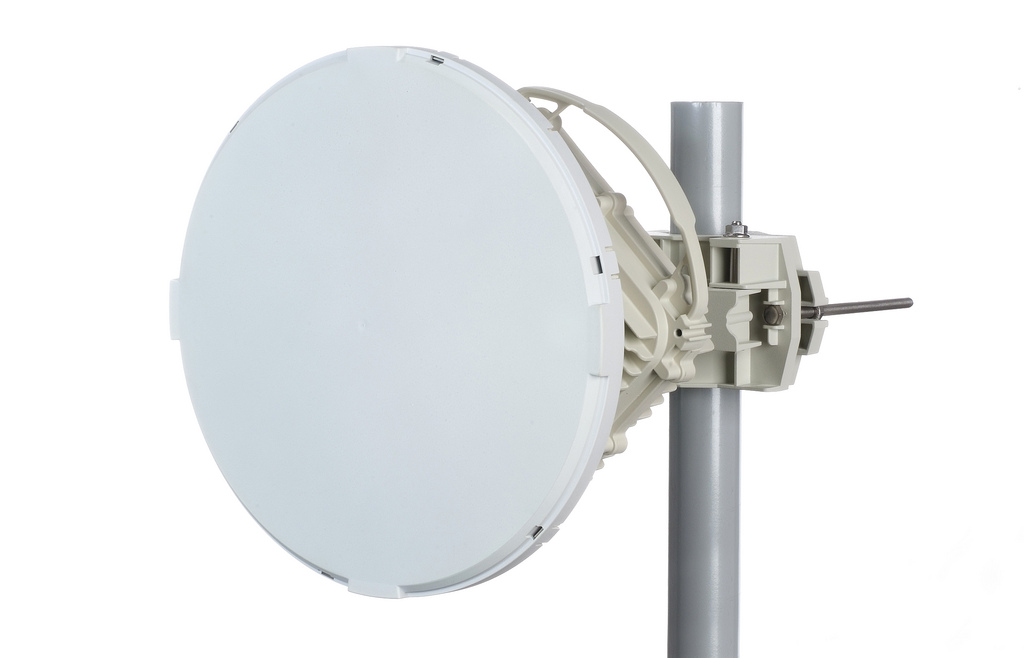One thing that’s missing from this cycle that we had in the last cycle (i.e., the dotcom bubble) is a massive broadband overbuild. Last time it was for our wired infrastructure. This time we need it for our mobile infrastructure. Last time the carriers financed it. This time it will be Apple, Google and others. Are there many issues more stubborn and pressing than mobile capacity and speed?
The Telecom Act of 1996 deregulated telecom markets and attempted to introduce competition to monopolistic sectors. It also ushered in a massive infrastructure overbuild from the likes of Level 3, Global Crossing, WilTel, Worldcom and other (dubious/infamous) companies financed by other (dubious/infamous) investors and banks. (I confess I was part of the problem, but, hey, the ducks were quacking.) After the dotcom bubble burst, there were unprecedented bankruptcies, but the silver lining was the (wired) broadband infrastructure we all enjoy and take for granted today. In fact, toward the beginning of the bubble in 1997, Internet penetration (not broadband penetration, but Internet penetration overall) was about 30 percent in the U.S., and broadband penetration was next to nothing. Today, both Internet and broadband penetration are 90+ percent – i.e., effectively ubiquitous.
But in mobile….
In the mobile world we’re comparatively farther along, but we’re hardly at ubiquity. First, U.S. smartphone penetration is more than 50 percent, so let’s assume that more than half the country owns a device capable of accessing mobile broadband networks. But despite claims from carriers alleging they cover 87 percent or more of the U.S. population with LTE, I don’t think anybody would agree that even in the most densely covered areas broadband coverage feels near the 90 percent level. Second (and consequently), even when there is great “coverage,” capacity issues render coverage irrelevant; i.e., you might have tons of towers and cells all around you, but because there are tons of people around you accessing tons of data, you still don’t experience promised mobile broadband performance (the infamous: “I’ve got five bars but can’t connect!”) Carriers have been dealing with this by limiting access and instituting metered plans (a step backward) while they move at tortoise-pace to upgrade their networks. And the problem is only going to get (much) worse: smartphone penetration will double (here) and data size will grow exponentially (thanks, video).
Last cycle’s solution won’t work…
In the ‘90s we relied on existing and new telecom carriers to finance a giant overbuild to give broadband access to all, but that’s not happening this time. The mobile service industry is all but a duopoly between AT&T and Verizon, and even investors with short memories remember the billions lost on financing the buildout last time.
Tim? Larry? About that cash…
So, are we screwed? Nah. Just looking in the wrong place… The most likely catalyzers of a massive mobile broadband upgrade are companies like Google, Apple, Facebook, Amazon, Netflix, Samsung, et al. They’ve got the capital and, ultimately, will be the beneficiaries of mobile broadband ubiquity – more searches, ads, app and media downloads, devices sold, products bought, subscriptions added, etc.
We’ve already seen baby steps in this direction. Google launched free WiFi networks in a handful of areas, and Google Fiber launched in Kansas City (OK, that’s not mobile, but it demonstrates Google’s look at infrastructure). And Facebook partnered with 18 operators to offer free/discounted data for Facebook Messenger users.
But what if we go a few steps forward? What if Apple took some of its $100 billion in cash and partnered with one or more carriers to upgrade their networks so that their customers would have a meaningfully better mobile broadband experience? And what if in that arrangement only iPhone users got the better experience? That would certainly be a competitive advantage over mobile experiences from Google, Samsung, et al Android devices. Though, of course, Google can use some of its $40 billion in cash (not to mention gang up with some device manufacturers and their piles of cash) to fight back. Food (er, data) fight!
Will their cash be wasted? Maybe. Maybe not. But the silver lining will be mobile broadband ubiquity. At last.
Image credit: CC by israel21c_internal





